Jules Olitski (1923-2007)
We Perform Jules Olitski art authentication. Jules Olitski appraisal. Jules Olitski certificates of authenticity (COA). Jules Olitski analysis, research, scientific tests, full art authentications. We will help you sell your Jules Olitski or we will sell it for you.
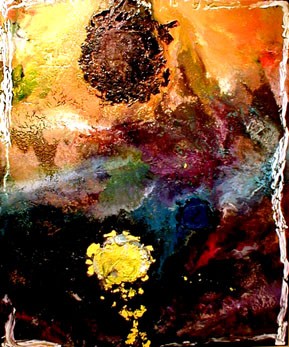
Olitski was born Jevel Demikovski in Snovsk, Russia, a few months after his father, a commissar, was executed by the Russian government. He emigrated to the United States in 1923 with his mother and grandmother and settled in Brooklyn. His grandmother cared for him while his mother worked to support the family. In 1926, his mother married Hyman Olitski, a widower with two sons.
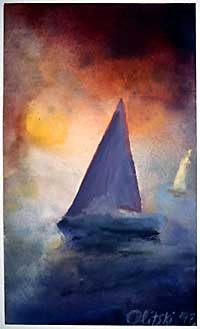
Olitski showed an aptitude for drawing and by 1935, was taking occasional art classes in Manhattan. He attended public schools in New York, winning an art prize upon his graduation from high school. At an exhibit of the work of some of the great masters at the New York World’s Fair in 1939, he was very impressed by Rembrandt’s portraits. Subsequently, he won a scholarship to study art at Pratt Institute and was admitted to the National Academy of Design in New York.
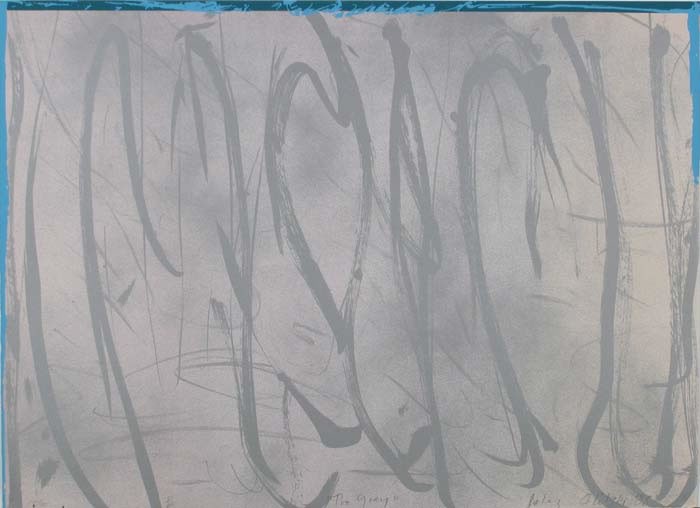
After discharge from the army in 1945, Olitski married and did some traveling before returning to New York. In the late 1940s, he went to Paris on the G.I. Bill. While there, he saw the European modern masters and engaged in a powerful self-analysis, which involved painting while blindfolded to remove himself from all of his customary habits and facilities.
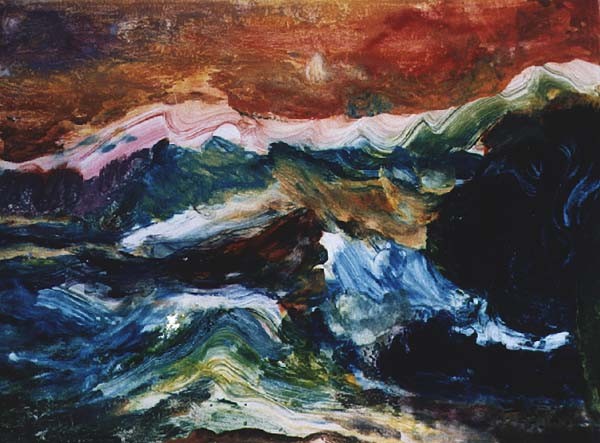
In 1951, Olitski returned to New York. Reacting against the color and imagery of his Paris works, he began to paint monochromatic pictures with empty centers. He divorced and began exhibiting in group shows. By 1956, he was remarried and had joined the faculty of C. W. Post College on Long Island. In 1958, he had his first one-man show at the Zodiac Gallery and met Clement Greenberg, who exhibited Olitski’s paintings in a large solo show at French & Company in May 1959.

In 1960, Olitski abruptly moved away from the heavily encrusted abstract surfaces he had evolved and began to stain the canvas with large areas of thin, brightly colored dyes. These were shown at a second French & Co. exhibit in April 1961, and he was asked to join the Poindexter Gallery where he had several exhibitions. Thereafter, he exhibited in numerous venues, won a prize at the Carnegie International, and began to be collected by museums.
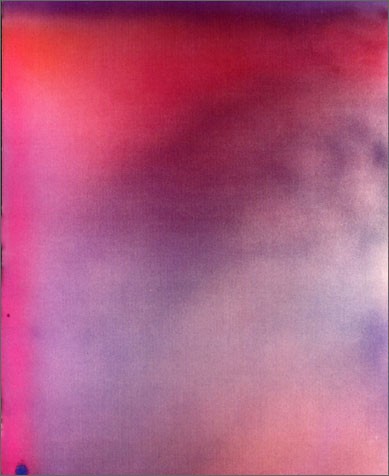
By 1965, Olitski had evolved a radically innovative technique of laying down atmospheric blankets of colored spray on the canvas, marked at first by barely discernible straight-edged value changes near the edge of the picture and later by acrylic paint dragged along portions of the edge. He exhibited internationally in the late 1960s and was selected as one of four artists to represent the United States at the Venice Biennale in 1966. In 1969, he was invited to exhibit large, steel spray painted sculptures at the Metropolitan Museum of Art becoming one of the first living American artists to be given a one-person exhibition there.
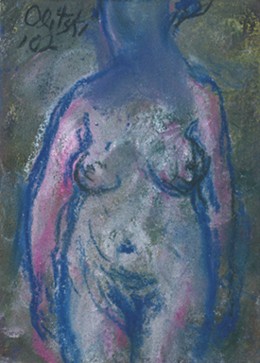
In the late 1960s, Olitski returned to the thick impasto surfaces, which characterized his work in the 1950s but with innovative techniques that took advantage of the newly improved polymer and gel acrylic mediums. Olitski lived and worked in studios in New Hampshire and Florida and exhibited regularly until he died from cancer in 2007 at the age of 84.
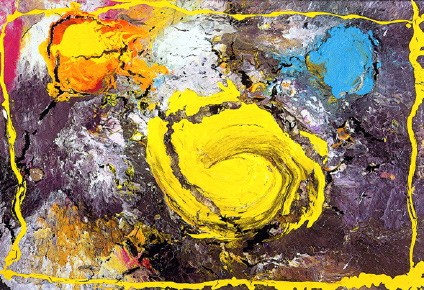
Still wondering about a Russian American painting in your family collection? Contact us… we are the Jules Olitski experts.
